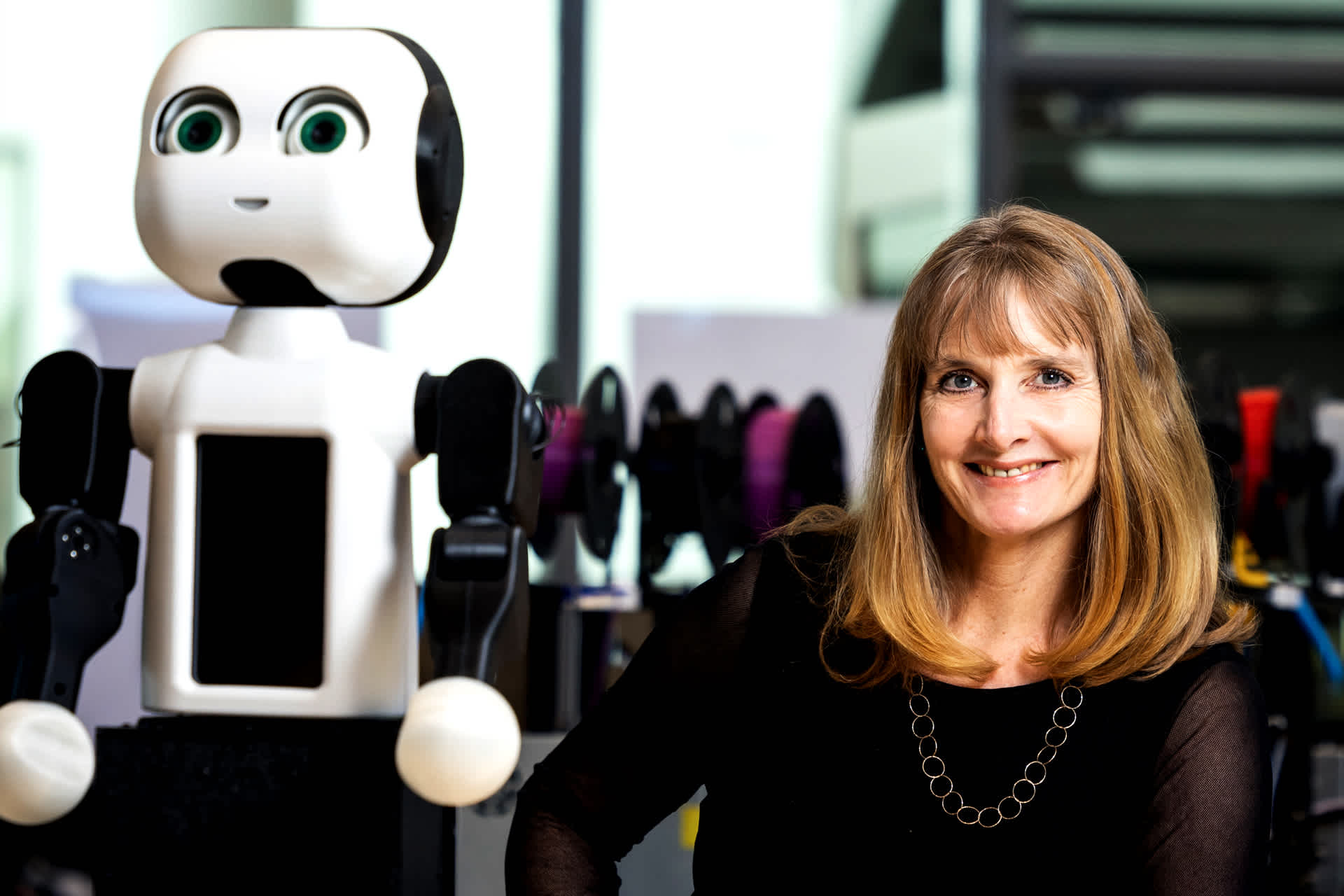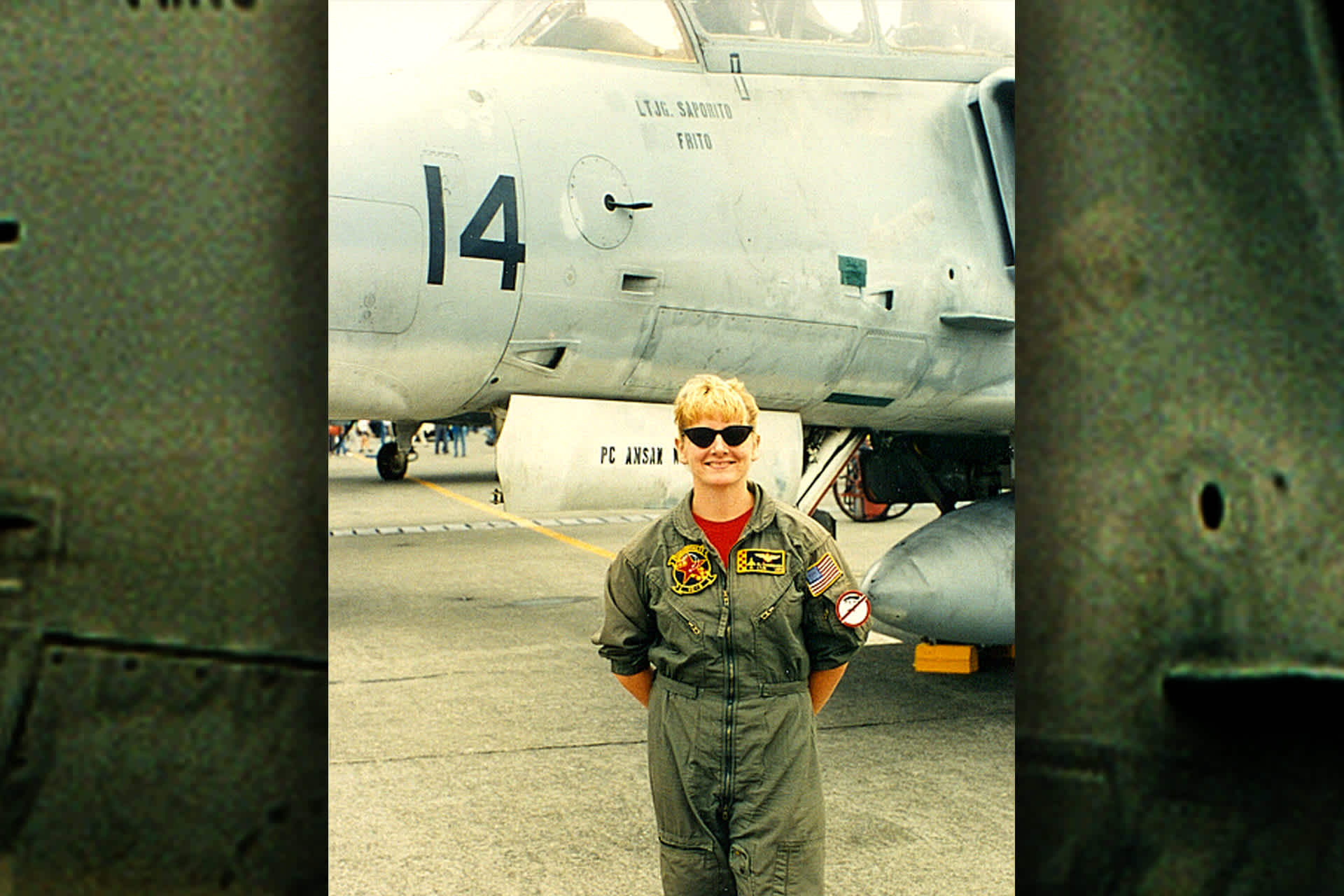Flying High

Missy Cummings is used to breaking barriers. From 1988 to 1999, she worked as an officer and a pilot in the United States Navy. She was one of the Navy’s first female fighter pilots. Her father, who worked on a Navy aircraft carrier, was an inspiration.
“Aviation was a big part of my childhood,” Cummings told TIME for Kids. “Also, the movie Top Gun came out while I was in college. It was very motivating.”

Cummings’s first call sign—the identification for her radio transmissions—was Medusa. As a pilot, she rose to the rank of lieutenant.
But after a while, Cummings chose to explore another path. “I knew many, many people who died in aircraft accidents, always because of poor human-technology interaction,” she says. “So I decided to go back to school to do something about this.”
Cummings had already earned a bachelor’s degree in mathematics from the Naval Academy, in Annapolis, Maryland, and a master’s degree in space-systems engineering at the Naval Postgraduate School, in Monterey, California. In 2004, she received a Ph.D. in systems engineering from the University of Virginia. This field involves building systems of all kinds, including electrical, biological, and chemical. It was at the University of Virginia that she met Deborah Johnson, an engineering professor who became a significant mentor. “She is the person who taught me how to really think,” Cummings says.
Now Cummings teaches mechanical engineering, electrical and computer engineering, and computer science at George Mason University, in Virginia. She’s the director of the school’s Mason Autonomy and Robotics Center. It was founded to study human-technology interaction, especially systems using artificial intelligence. Cummings’s research has focused on the interaction between people and unmanned vehicles and other automated machines. She wants to educate more people about how they can work with artificial intelligence.
Cummings has advice for those looking to follow a path like hers: “Always take the harder path,” she says. “I promise you, it will pay off!”

